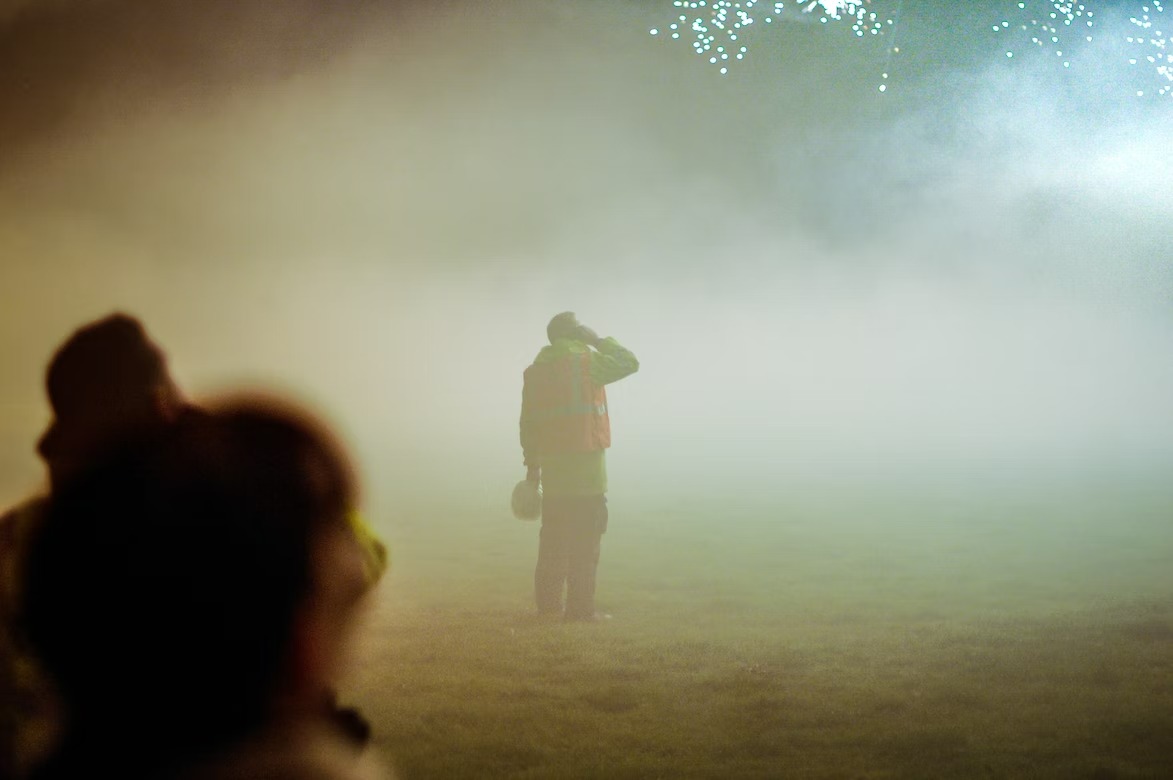“The most important element for us is the belief that zero is possible, we have a call to action and a responsibility to become the first generation of Coca-Cola leaders who will achieve zero on-site fatalities.”
A bold statement made by Dr. Zoltan Syposs, Chief QSE Officer at The Coca-Cola Company. Dr. Syposs delivered the opening keynote address at our most recent HSE Summit. Historically like others in safety, Coca-Cola was taking more of an experienced based risk assessment approach focusing on reducing unsafe conditions and near misses at the bottom of the triangle to prevent the more serious medical treatment and/or lost time injury outcomes at the top. And while they saw significant improvements to TIR and LTIR injury rates, what they did not see was a corresponding improvement to serious injuries and fatalities (SIF). Recognizing the external trends in SIF also experienced by other companies, Coca-Cola saw the need to redefine safety in their own operations and implement an accelerated step change in safety, moving to a more controls-based risk assessment approach recognizing that “safety is not the absence of injuries but the presence of defenses & capacity to manage risk”. The accelerated step change strategy was designed as a multi-pronged approach with focus on SIF Prevention, Technology & Innovation, and Culture. Before we dive in let’s take a look the data.
Alarming Statistics
- 2.3-2.78 million deaths from workplace injury or illness each year (6000-7500 deaths per day) International Labor Organization
- Less than 340 million non-fatal injuries in the workplace each year International Labor Organization
- The numbers of preventable work deaths in the US have increased 5% since 2011 nsc injury facts
Looking at safety trends within and worldwide executives at Coca-Cola saw this as a call to action and in 2020 started to put in place an aggressive Health and Safety Step-Change Plan. They started with the 3 R’s.
The 3 R’s: Reset, Refresh, Redefine
- Reset the safety conversation: From Top 10 Causes of Fatalities to SIF prevention and Life Saving Rules and refreshed safety culture and redefined safety metrics.
- Refresh Safety Culture: Continue to drive safety culture across the organization. Integrate the Human and Organizational Performance Principles to enable safety performance. Embed safety as a core value
- Redefine Safety Metrics: Establish robust, relevant, predictive indicators (SIFp) of safety, risk and performance that help to understand and verify effectiveness of actions.
The workplace is changing rapidly as organizations continue to harness emerging technologies to enhance people and processes. The power of prediction with safety sensitive work in industries like construction, manufacturing, and power generation is making a difference. Machines are carrying out more complex and dangerous tasks or using AI to intervene and correct human behavior. Virtual Reality technologies are emerging as a useful tool to provide training that mimic real-life situations and create heightened risk perception based on mentally perceived experience. But as Dr. Syposs sees it:
“It doesn’t matter how much technology we implement, without culture and leadership it will not result in health and safety excellence, which is what we are all aiming for.”
-Dr. Zoltan Syposs, The Coca-Cola Company
Safety Step-Change Plan
Dr. Syposs says safety starts with leadership and peer involvement, engaging the entire network focusing on the human and organizational performance principles, moving human behavioral based safety solutions to serious injuries and fatalities preventions. Bringing the lifesaving rules not only within the plants but also on the road to prevent and reduce incidents aggressively.
“People make mistakes, blame fixes nothing, context drives behavior, learning and improving is vital and the way leaders respond matters. If we integrate all these principles into our health and safety culture excellence and the governance is related to health and safety, that’s when we started to see a sharp reduction of injuries, on site fatalities and we can conclude that our health and safety step-change plan works and its everyone’s responsibility.”
Conclusion and Outcomes
Leveraging technology and data has become increasingly important in health and safety. Looking within Dr. Syposs saw the need to focus more on training, leadership, and culture development to connect the technologies with their people. Executing a step-change plan requires planned and purposeful actions. To date Coca-Cola’s accelerated step change strategy has shown significant positive impacts to performance, culture, capabilities, and capacity to manage risk resulting in greater resiliency and reliability across the organization. “We are not where we want to be yet regarding safety, but we are making significant progress towards our vision of “zero is possible.”
GDS Summits are tailored 3-day virtual event conferences that bring together business leaders and solution providers to accelerate sales cycles, industry conversations and outcomes. Regarding the HSE Digital Summit 89% of Delegates said the overall experience of the Digital Summit they attended was either Above Average or Excellent and 100% of Delegates said the Digital Summit provided them with actionable outcomes to support their current initiatives.
For more, click here to hear from attendees on how GDS has helped them to achieve their business outcomes.
Continue the debate at GDS’ HSE Summits where we bring together senior health and safety executives who are actively seeking to share, learn, engage, and find the best solutions.














